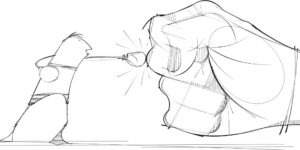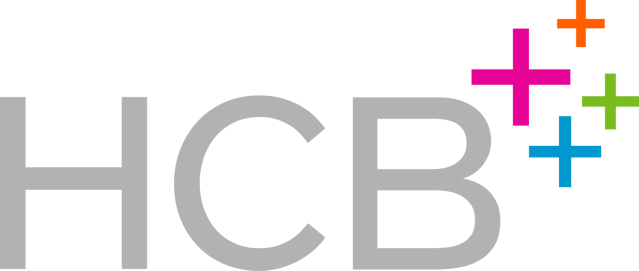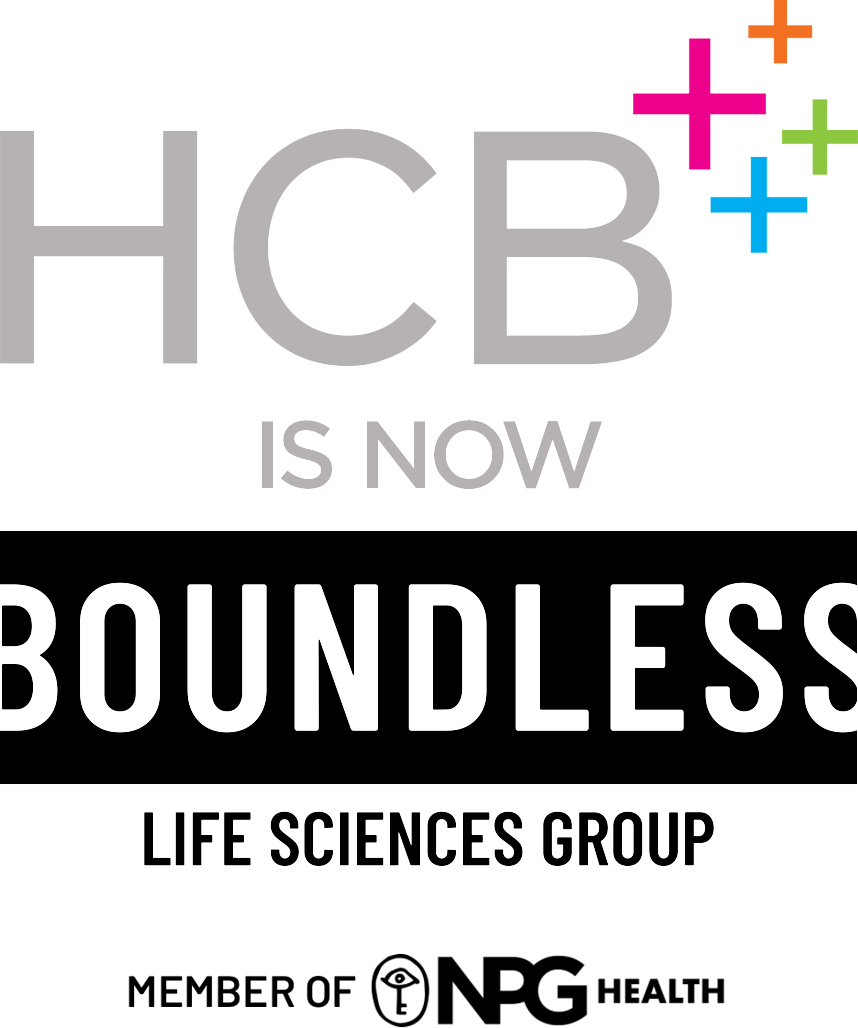This article was originally published by Eye For Pharma on March 24th, 2019. https://social.eyeforpharma.com/column/challenging-goliath-how-underdogs-stand-fighting-chance
Big Pharma is a formidable beast, but upstarts have a few cards up their sleeve
We all love an underdog story. Who isn’t moved by the passion, grit, and determination that drives an outsider to overcome near-impossible odds? Rudy, Rocky, Million Dollar Baby, Miracle – Hollywood has captured our hearts while cashing in on this timeless trope. When it comes to the biopharmaceutical arena, however, we sometimes look down upon the upstart rather than embrace its potential.
 Smaller companies and products often face the Herculean challenge of going up against the super-power, mega-sized pharma companies. Smaller budgets, operational teams, and fewer sales reps are viewed as insurmountable odds. Some of us over the years have been programmed to accept this as an immutable fact and therefore shy away from the challenge.
Smaller companies and products often face the Herculean challenge of going up against the super-power, mega-sized pharma companies. Smaller budgets, operational teams, and fewer sales reps are viewed as insurmountable odds. Some of us over the years have been programmed to accept this as an immutable fact and therefore shy away from the challenge.
I’m here to dispel these fears.
There’s little point attempting to create a 2.0 version of what has already been completed at scale. While smaller companies and products can’t replicate or outspend the market Goliaths, they need to embrace the benefits of being an underdog and utilize it to their advantage.
Three Approaches Underdogs Need to Leverage
By integrating these approaches into their marketing, smaller companies can make the most of their smaller size and gain market share.
- Focus and say no
The most important component of strategic decision making is being able to say no. The Goliaths of the world can say yes to nearly everything and dip their toes in the water everywhere. The upstart needs to say no appropriately and then confidently spend valuable resources in a focused way.
In the mid to late ’90s, Novo Nordisk was an underdog to Eli Lilly in the U.S. diabetes market. While today that might seem like heresy, at the time Novo had less than 100 reps in the field. It made very strategic decisions about which specialist segment to focus on, where to deploy rep resources, and, most importantly, where to not dilute assets in the large primary care sea. Those decisions paid strong dividends as Novo developed a strong reputation and following at a mostly grassroots level with the endocrinology specialist field and diabetes nurse educators. The rest, as they say, is history.
- Decide and act quickly
The underdog is advantaged by its ability to quickly make decisions and pivot (practically in real time) when needed. Large market leaders often have a difficult time acting quickly due to their aversion to risk (they have more to lose, after all), sheer size and scale, and built-in bureaucracies. Upstarts need to be willing to fail fast and take chances that may seem somewhat daunting or even far-fetched at first.
This idea of launch, learn & evolve allows teams to learn quickly from what worked and didn’t work, and to quickly make changes.
A great example of this is when Galderma challenged the goliath market dominance of Allergan in the dermatological space. The smaller company bypassed the core campaign market research process and instead tested, measured and adapted several campaigns in real time. This often-avoided strategy not only showed the nimbleness and risk-taking nature of the underdog, it also allowed Galderma to capture real-world feedback rather than more traditional, sterilized behind-the-glass assessments.
- Be brave and bold
Finally, consider how brave David must have been to fight Goliath. Underdogs must be brave in their approach to combatting the market leader(s). Look for insights, market positioning, user benefits, etc. in areas that haven’t yet been exploited.
Guerilla marketing campaigns are great examples of companies acting boldly. Here are three memorable examples:
#1- The “Check Your Manhole” Colon Cancer Awareness campaign literally executed on city streets.
#2- Mitsubishi Tanabe Pharma America investing in a multi-channel, unbranded educational initiative – ALS Pathways – to help patients and caregivers learn more about the disease and their journey. At the time, it would have been easy to solely invest in branded product promotion in a disease state that had not seen a drug launch since the ’90s.
#3- Medac Pharma taking on the behemoth Humira with an in-office, handheld VR experience that allowed HCPs to get inside the body to better understand how Rasuvo works.
Each of these examples show smaller companies making precise, strategic decisions that necessitated them taking bold steps and foregoing other initiatives.
If you’re a smaller company, do not view it as the cards being stacked against you. Remember your advantages compared to the big guys. While they’re not paying attention, prioritize; focus; be brave and bold; gain attention; differentiate yourself and start eating some of that huge lunch your competitor(s) have been hoarding.
Francesco Lucarelli is an Executive Vice President and Managing Director of the BioPharma Business Unit at HCB Health. Connect with Francesco on LinkedIn: https://www.linkedin.com/in/francesco-lucarelli-034bbb2/


